Ondokuji
Temple
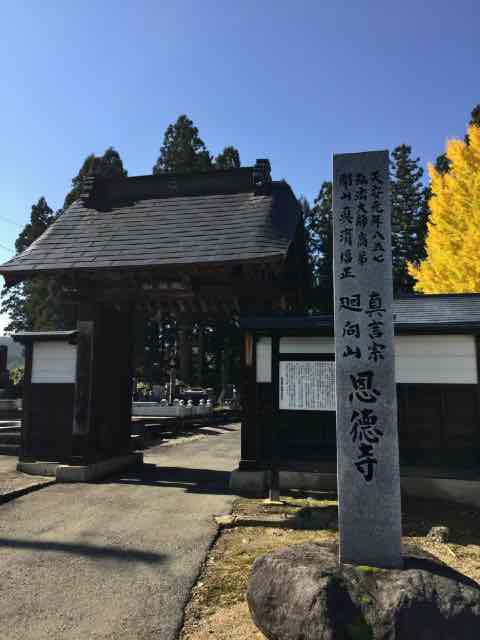
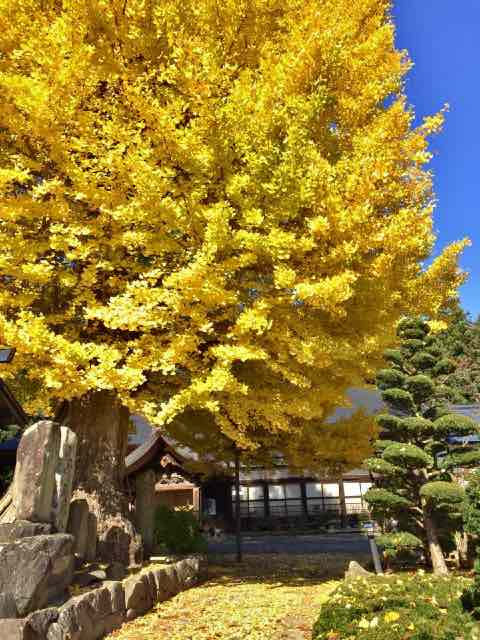
This temples’ history is
very long and was originally located in San-non-para, which is about
two kilometers north from where it stands now. It was
during the year 857, when Kobo-Daishi's leading disciple, a Buddhist
priest called Kakinomotokino Shinzei, rode a cow and went on a
pilgrimage in the eastern countries to do missionary work on Shingon
Sect under Daishi's orders. During his travels, Shinzei
visited San-non-para, as he was attracted to the beauty of
Nishiokitamas’ basin when he looked down to it from Nagame-yama (the
border between Kawanishi town and Iide town), that towers over the
south side of Iide. However, the cow passed away, probably
from exhaustion of traveling. Shinzei cordially buried it
and founded Ondokuji-Temple. He then mourned for the cows’
death and named the surrounding land Hagyu(破牛). Later, it
is said that the name of Hagyu(萩生) was created when white Japanese bush
clovers sprouted from the buried cows’ mound, hence the change in
Japanese letters. Furthermore, in the early years of the
Muromachi era, Muneto, the eighth castle owner of the Date Family,
defeated Hirofusa who was the lord of Nagai and ruled over the region
of Okitama.
It was then that Kokubun Masanobu, the Dates’ chief vassal,
was gifted the land of Hagyu for the great achievements of the fight
and set up a castle .
During the years of Ohnen (1394-1428), Mitsunobu, the
Kokubuns castellan the third, established an estate of the temple in
his immediate vicinity, secured the castle’s safety and moved the
temple from San-non-para to inside the castle walls. This
temple is Ondokuji-Temple that we see today, and the grave of Shinzei
is enshrined as well inside the temple grounds.
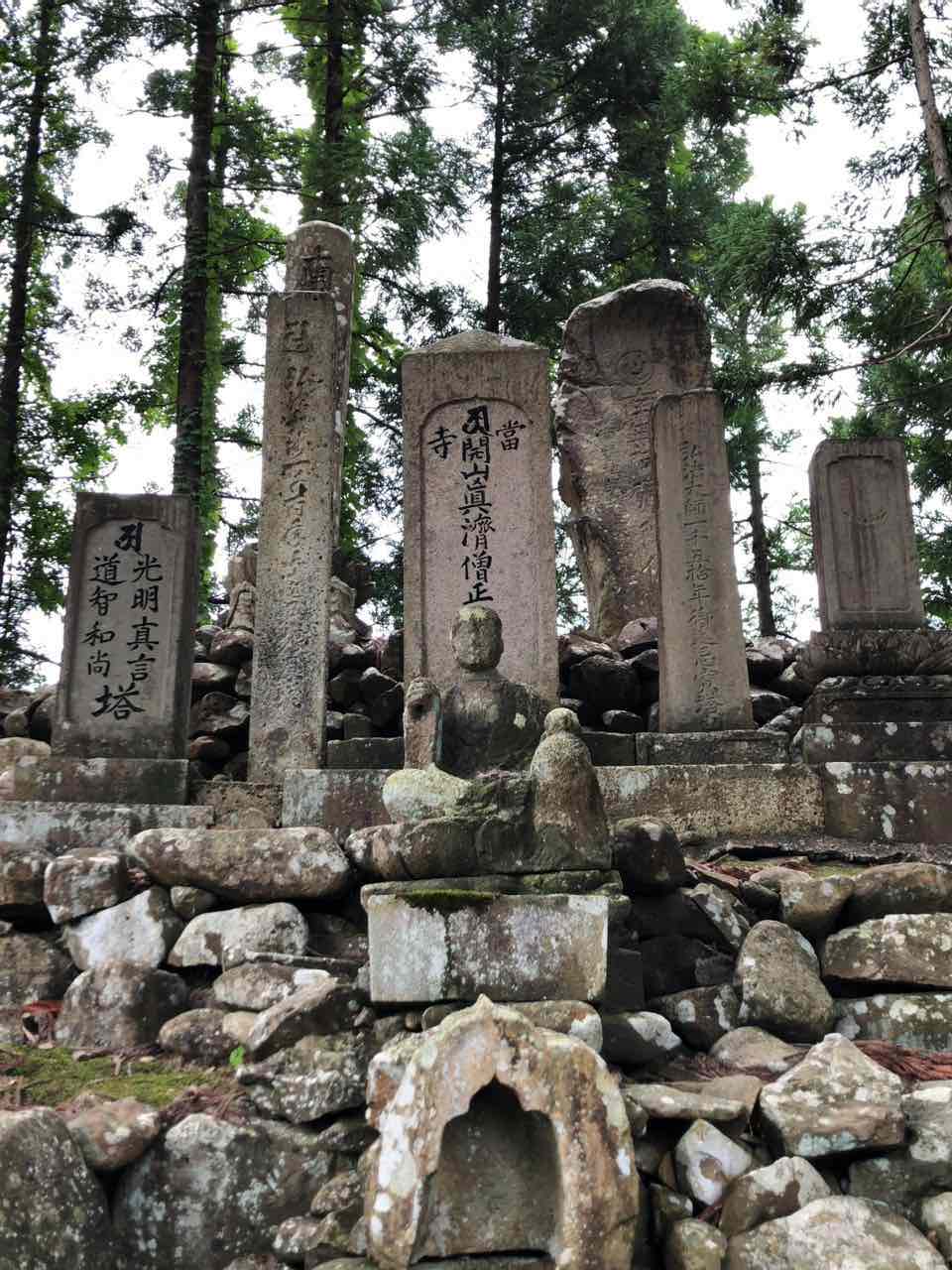
In the Ondokuji-Temple, the
Gochi-nyorai which was at first handed down from India, and was brought
to Japan when Kobo-Daishi returned from To (Ancient China) is enshrined
as an invaluable Buddhist statue which is kept inside the Okuro-bako,
which is a box made of bamboo used for pilgrimage, and said to have
been brought over by Shinzei, as Kobo-Daishi entrusted him with it at
the time. On another note, this Okuro-bako was brought to
Muroji-Temple in Nara, and Mantokuji-Temple in Nagoya, and in the past,
it was recognized as an exhibition of the Buddhist statue done every 21
years, and so there were impressive Buddhist services. The
reason behind the moving of Ondokuji-Temple by the castellan at that
time is to be said that, there was an execution site for the sinners,
and the castellan faced suffering and was troubled with the dead
spirits. Therefore, he prayed for departed sinners to the
Gochinyorai in Okuro-bako, and calmed the spirits of the dead.
Later, the execution site became the place of the grave of
Shinzei, and is also called Hotokeyama. The current priest
chief is Katagiri Tenzan and is counted as the 61st, but out of all the
Buddhist priests in the past of this temple, the following two people
are famous. • The 17th Dohchi Founded the
Dainichiji-Temple in Oisawa, and founded the worship road of Yudonosan
that stretches between Kurokamo (Shirataka Ayukai) and Oisawa.
• The 39th Kyozan Practiced religious
austerities at the main temple of Shingoji-Temple(Kyoto), and brought
about Ikenobo to this area by learning the Japanese art of flower
arrangement at Kyoto Rokkakudo. There are many ancient
archives at the Karoku-monjo (in possession of the
town). Art of Japanese flower arrangement pen name: Chiryudo
Kakushi.
Sekigen-Monju-do
Hall and Mabiki-zu
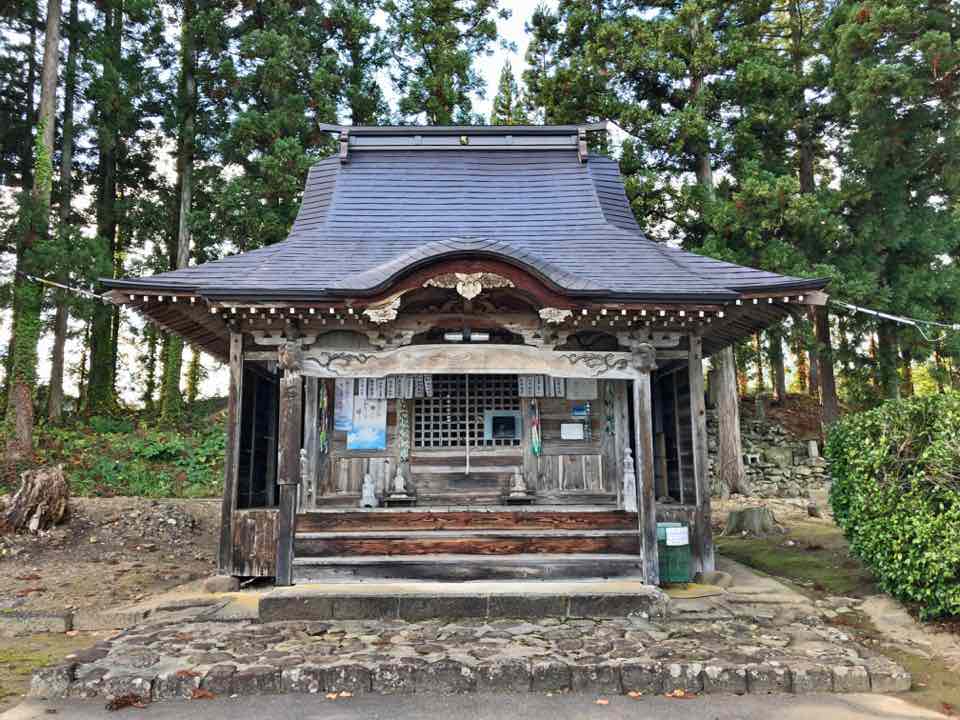
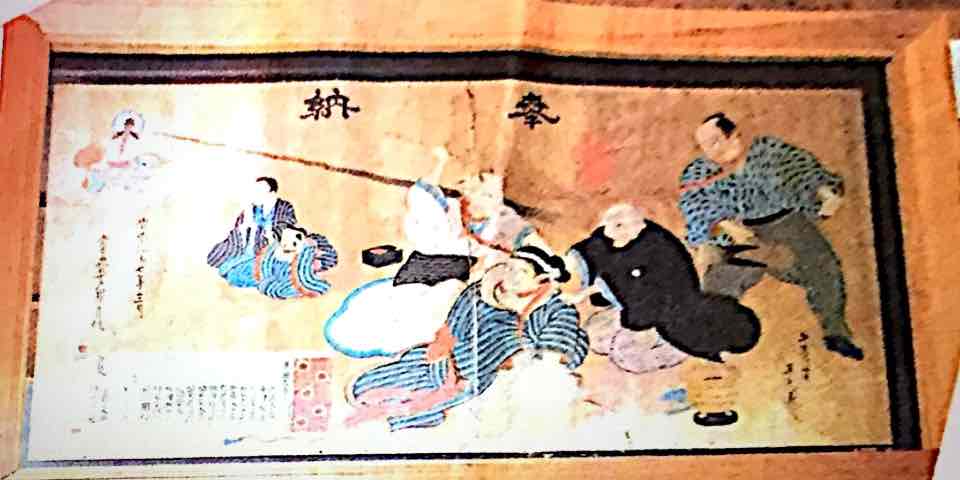
Within the grounds of
Ondokuji-Temple, there is the Sekigen-Monju-do Hall that was
constructed in 1706. The origin of the principal deity of
this temple is a story of a stone. When Matsuda Yojiemon,
who lived in the village of Nishine (Nagai-City), was picking out rocks
from the Nogawa River, he found a stone that was giving off light and
had a figure of Buddha. He brought it home and put it on display,
but several disasters followed, and so when he consulted a temple
nearby, they advised him to have it enshrined at a temple in the
southern direction, and so this was how it stayed in this part of land.
Inside the temple, there are a few Ema;wooden plates that people
write their prayers or wishes on, and Mabiki-zu is one of
them. Currently, the Ema is not in good condition, hence it
is preserved at the main temple. The word of Mabiki comes
from the action of planting seeds, then weeding the unnecessary
sprouts, and growing high quality vegetables, but it is an Ema that is
giving a warning about the inappropriateness of treating humans the
same way as vegetables.
The creator of this Ema is Hanabusa Fuwaku born in Miyauchi and
has left plenty of such paintings at the temple. The paintings became
known to the world, as they were broadcasted by mass media such as
television and newspapers, and even had special exhibitions at art
museums such as those in Nagano and Sendai.
The Ema was designated as the town's Tangible Cultural Property
(Ema) in the year 1985. Also, there is Hariko-zu (needle
work art) inside the temple. With a teacher, Ms. Umetsu Cho,
in the middle, her pupils surround her and it seems that the wish of
“landing an occupation and marrying into a good man's family” is
entrusted in this artwork.






